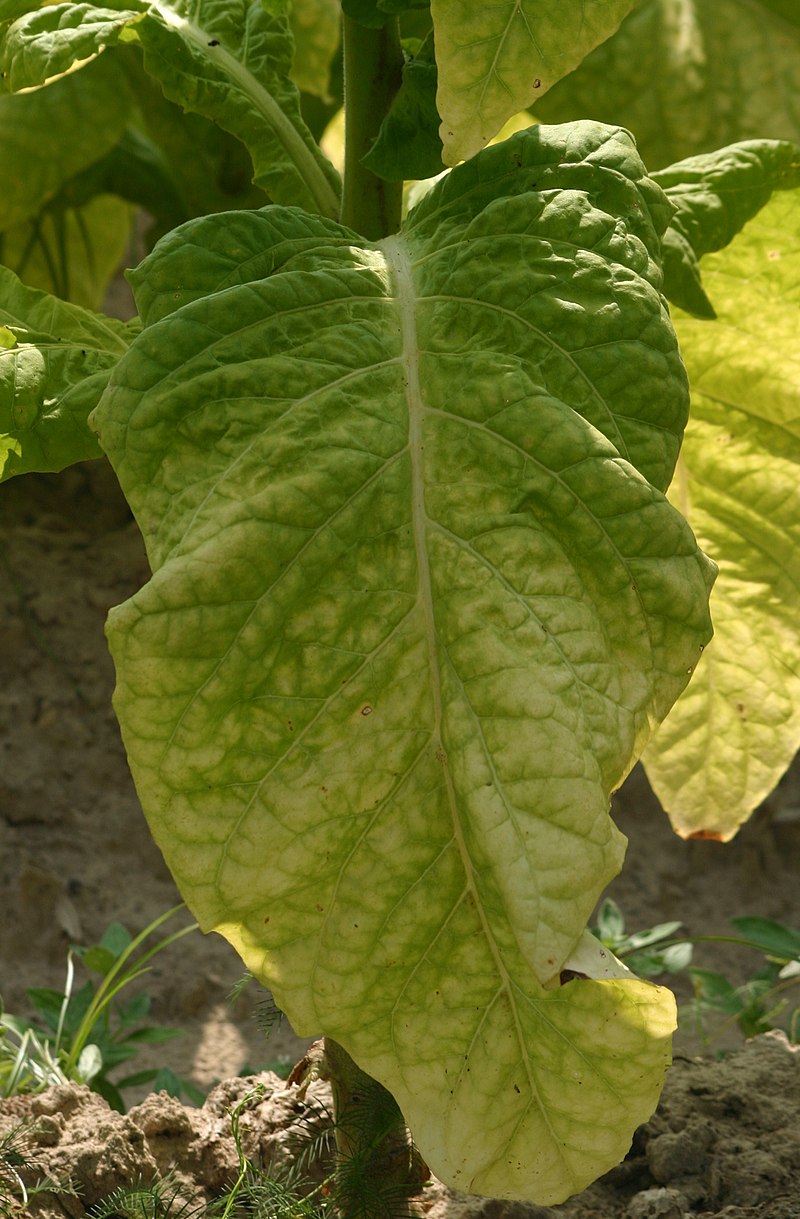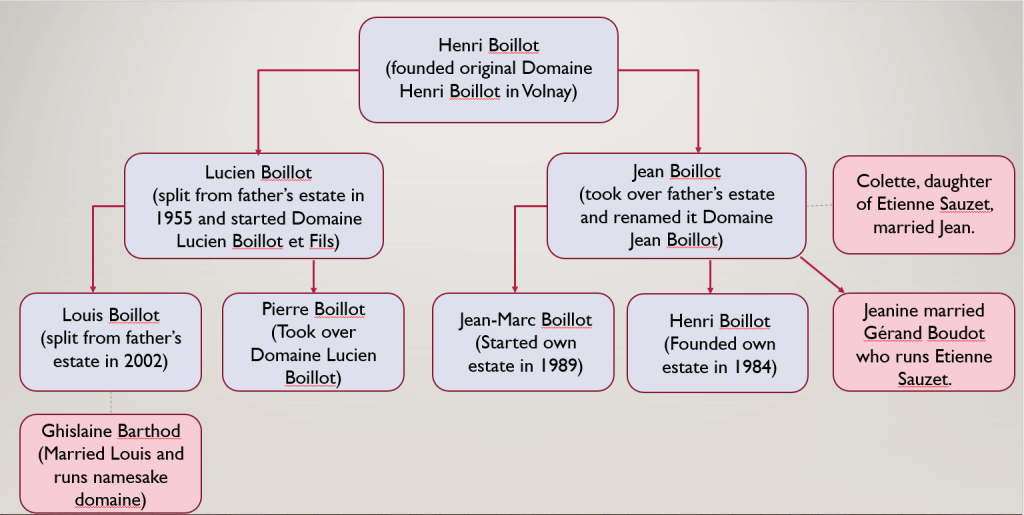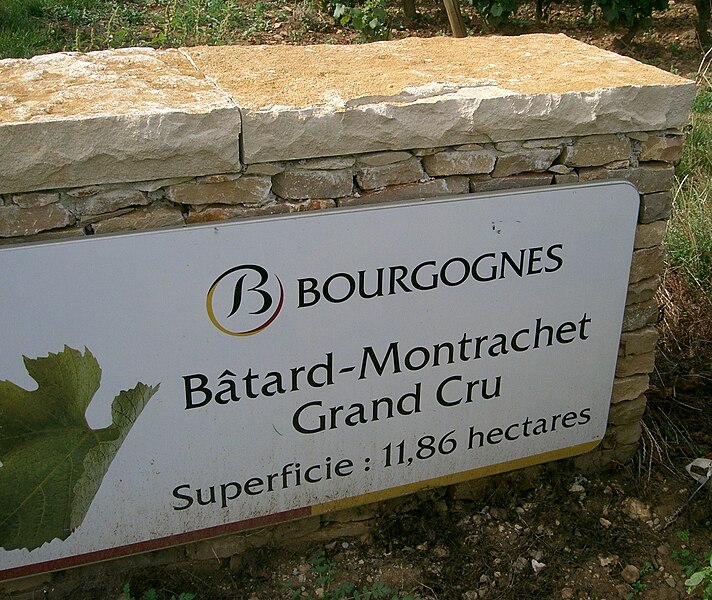
Along with some Google-Foo, my scalpels on this journey will be:
Remington Norman and Charles Taylor’s The Great Domaines of Burgundy
Clive Coates’ The Wines of Burgundy
Matt Kramer’s Making Sense of Burgundy
Bill Nanson’s The Finest Wines of Burgundy
The Morey Family
The Morey family’s history in Burgundy dates back to at least the 16th century with evidence of winemaking in Meursault since 1793. The history in Chassagne-Montrachet dates back to Claude Morey’s arrival from the village of Paris l’Hôpital in 1643.
In 1950, Albert Morey (father of Jean-Marc and Bernard) was one of the first estates in Chassagne-Montrachet to domaine bottle.
Robert Parker has noted in Burgundy: A Comprehensive Guide to the Producers, Appellations, and Wines, that the Morey family name is well regarded in Burgundy for producing “…very good, sometimes excellent white wines.”
In studying the various Morey domaines, the family’s prominence in the Grand Cru vineyard of Bâtard-Montrachet is apparent with several members producing examples. Most of the Morey Bâtards come from tiny holdings averaging only around 0.11 hectare (≈ 0.27 acres). Domaine Pierre Morey owns the largest amount with nearly half a hectare. Meanwhile, Domaine Pierre-Yves Colin-Morey contracts with multiple growers in the Grand Cru to expand his production.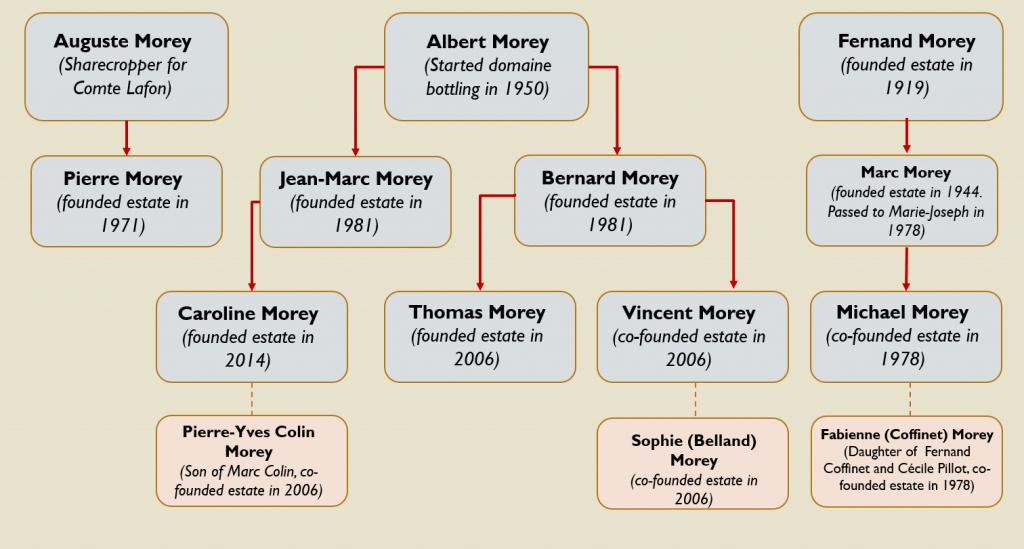
The Current Morey Estates
Domaine Pierre Morey (Meursault)
Founded in 1971 by Pierre Morey, son of Auguste Morey, who farmed several parcels for Domaine Comte Lafon under métayage agreement. For two decades, Pierre also served as vineyard and winery manager for Domaine Leflaive. During this time he was inspired to convert his estate to organic viticulture in 1992 and biodynamic in 1997.
Prime holdings: Bâtard-Montrachet Grand Cru (0.48 ha); Meursault 1er Cru Les Perrières (0.52 ha); Pommard 1er Cru Les Grand Epenots (0.43 ha)
Domaine Emile Jobard-Morey (Meursault)
Tiny 4.5 ha domaine ran by Rémy Ehret, son-in-law of the original owners, and Valentin Jobard. The vineyards are farmed using sustainable viticulture. Unfortunately not much information is available about this estate to decipher the connection to the other Moreys or to estates like Domaine Antoine Jobard.
Prime holdings: Meursault 1er Cru Charmes (parcel just below Les Perrières); Meursault 1er Cru Le Porusot
Domaine Jean-Marc Morey (Chassagne-Montrachet)
Founded in 1981 by Jean-Marc after the retirement of his father, Albert Morey, with his father’s holdings divided between Jean-Marc and his brother Bernard (Thomas & Vincent’s father). For almost two decades his daughter, Caroline, has helped him manage the property with his son, Sylvain, running Bastide du Claux in the Luberon.
Prime holdings: St. Aubin 1er Cru Les Charmois (0.40 ha); Beaune 1er Cru Grèves rouge & blanc (0.65 ha); Chassagne-Montrachet Les Champs Gains rouge & blanc (0.77 ha)
Domaine Marc Morey et Fils (Chassagne-Montrachet)
Founded in 1919 by Marc’s father Fernand Morey with Marc taking over the family estate in 1944. In 1978, the estate was divided between his two children. His son, Michael, took his share to establish Domaine Morey-Coffinet. His daughter, Marie-Joseph, and her husband Bernard Mollard used their holdings to continue Domaine Marc Morey. Today, their daughter Sabine runs the estate. All the vineyards are farmed sustainably.
Prime holdings: Bâtard-Montrachet Grand Cru (0.14 ha); Chassagne-Montrachet 1er Cru Les Caillerets (0.20); quasi-monopole of Chassagne-Montrachet 1er En Virondot (2.02 ha) with the domaine buying the remaining 0.1 ha from other growers
Domaine Pierre-Yves Colin-Morey (Chassagne-Montrachet)
Founded in 2001 as a négociant firm by Pierre-Yves Colin (son of Marc Colin in St. Aubin) and Caroline Morey, daughter of Jean-Marc Morey. The first solo vintage of estate fruit was in 2006. Prior to returning to his father’s estate in 1995, Pierre-Yves spent time working in California at estates like Chalk Hill. Additionally he worked harvests in the Loire and Rhone. Domaine Pierre-Yves Colin-Morey farm their vineyards sustainably with some hectares farmed completely organic.
Prime holdings: Chassagne-Montrachet 1er Cru Les Chenevottes (0.40 ha); Purchase contracts for Grand Crus Bienvenues-Bâtard-Montrachet, Corton-Charlemagne and Bâtard-Montrachet
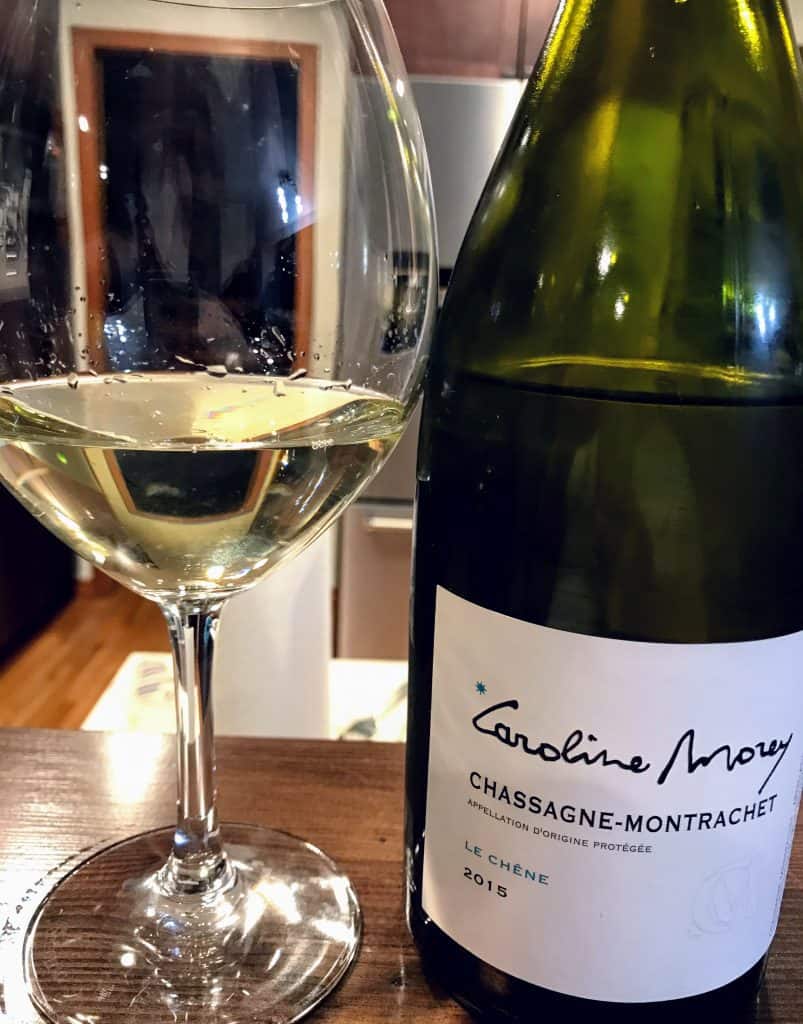
Caroline Morey’s Chassagne-Montrachet Le Chêne
Domaine Caroline Morey (Chassagne-Montrachet)
Founded in 2014 by Caroline Morey, daughter of Jean-Marc Morey and wife of Pierre-Yves Colin. The domaine owns 7 ha inherited from Caroline’s father in Chassagne-Montrachet and Santenay.
Prime holdings: Chassagne-Montrachet 1er Cru Les Caillerets (0.75 ha); Chassagne-Montrachet 1er Cru Les Champ Gains
Domaine Thomas Morey (Chassagne-Montrachet)
Founded in 2006 when the estate of Bernard Morey (Jean-Marc’s brother) was divided between his sons, Thomas and Vincent. The estate focus on red Pinot noir is unique among the Moreys. All the vineyards are farmed sustainably.
Prime holdings: Bâtard-Montrachet Grand Cru (0.10 ha); Chassagne-Montrachet 1er Cru Vide-Bourse (0.20 ha located just below Bâtard-Montrachet); Chassagne-Montrachet 1er Cru Dent de Chien (0.07 ha located just about Le Montrachet)
Domaine Vincent et Sophie Morey (Chassagne-Montrachet)
Founded in 2006 when Vincent inherited his share of his father’s estate. His wife Sophie is from the notable Belland family in Santenay . Their marriage brought around 12 ha to the domaine. All vineyards are sustainably farmed.
Prime holdings: Bâtard-Montrachet Grand Cru (0.10 ha); Chassagne-Montrachet 1er Cru Les Embrazées (3.80 ha); Chassagne-Montrachet 1er Cru Les Caillerets (0.35 ha)
Domaine Morey-Coffinet (Chassagne-Montrachet)
Founded in 1978 when Michael Morey, son of Marc, combined his inheritance with that of his wife, Fabienne (daughter of Fernand Coffinet and Cécile Pillot). The other part of Domaine Coffinet went to Fabienne’s sister, Laure, who founded Domaine Coffinet-Duvernay. The estate has been practicing organic cultivation (receiving Ecocert in 2015) and is converting over to biodynamic.
Prime holdings: Bâtard-Montrachet Grand Cru (0.13 ha); Chassagne-Montrachet 1er Cru En Remilly (0.35 ha located next to Chevalier-Montrachet); Chassagne-Montrachet 1er Cru Les Blanchots-Dessus (0.06 ha the southern extension of Le Montrachet)
Additional Keeping up with the Joneses in Burgundy
The Boillot Familly
The Gros Family
The Coche Family
The Leflaive Family

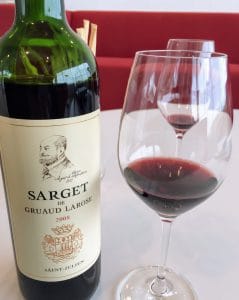 Going to need more than
Going to need more than 
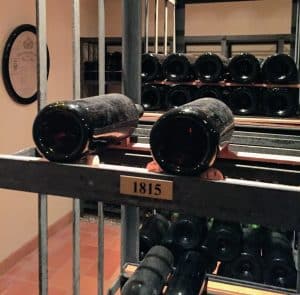
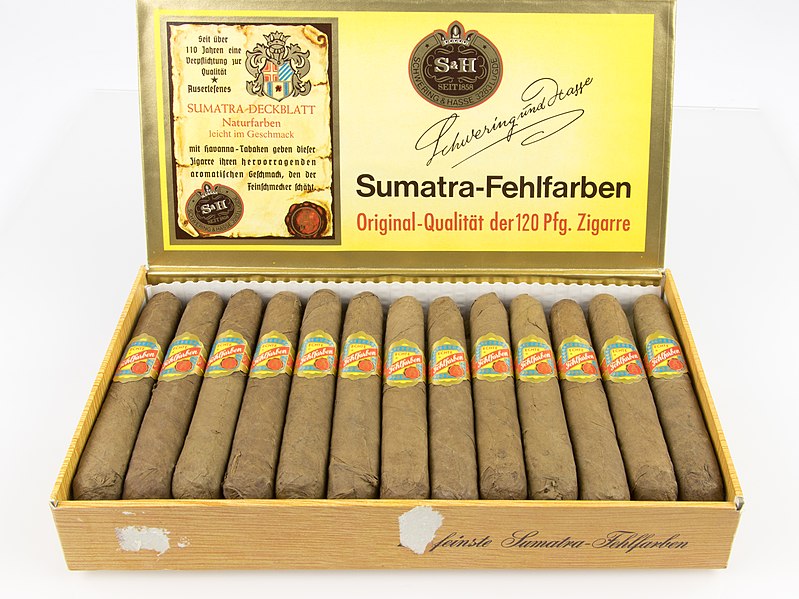
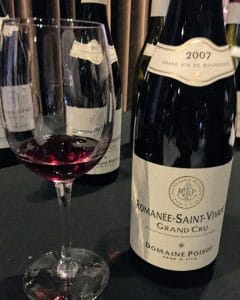

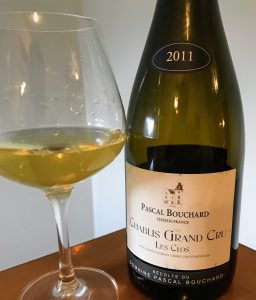
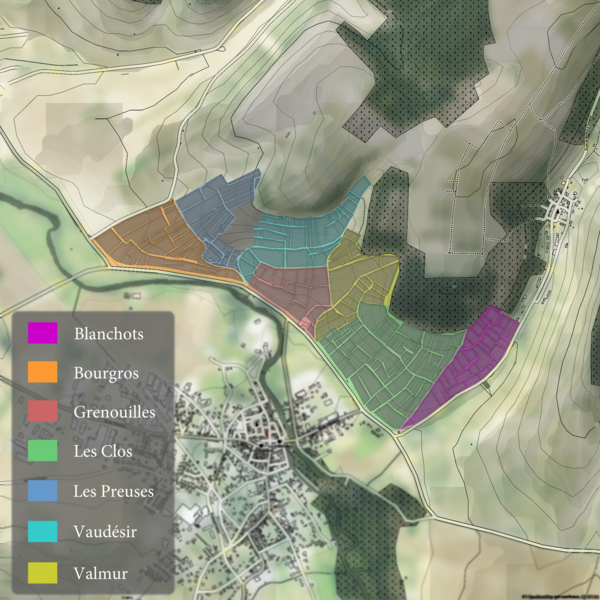
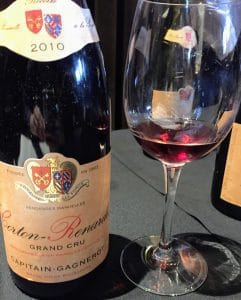
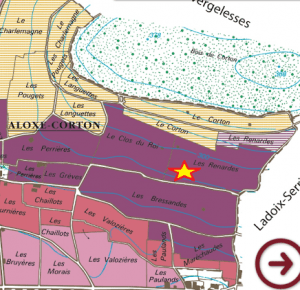
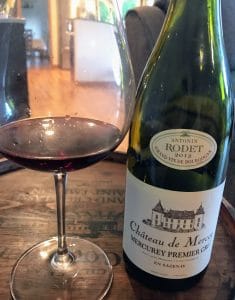 Some quick thoughts on the 2012
Some quick thoughts on the 2012 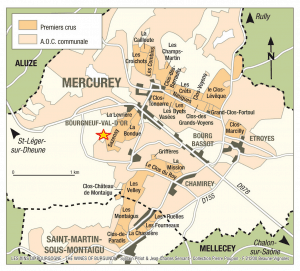
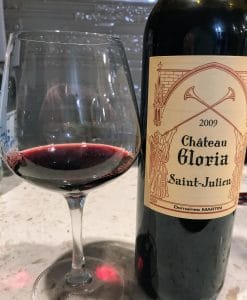 Some quick thoughts on the 2009
Some quick thoughts on the 2009 